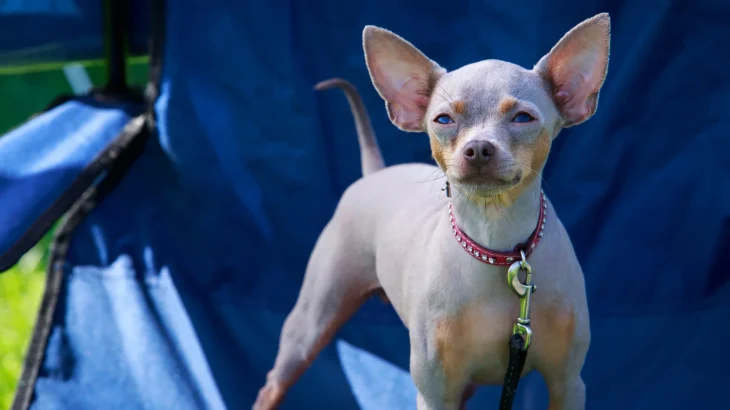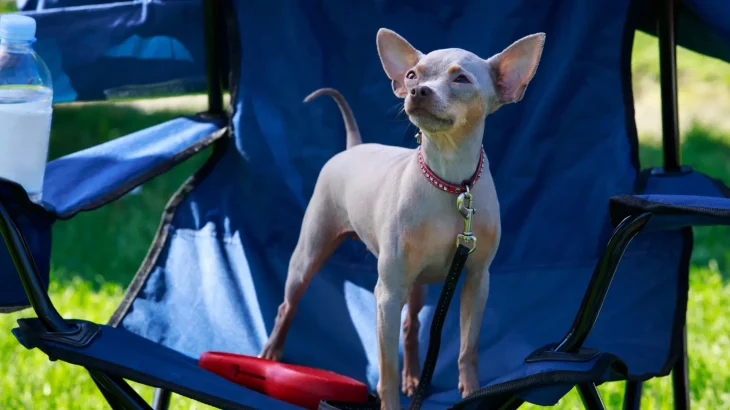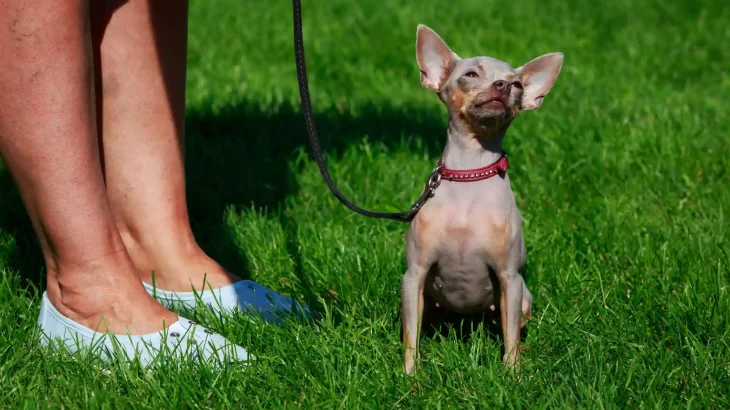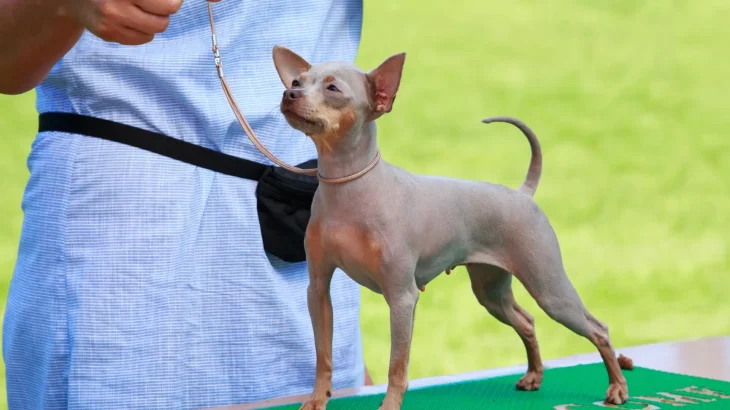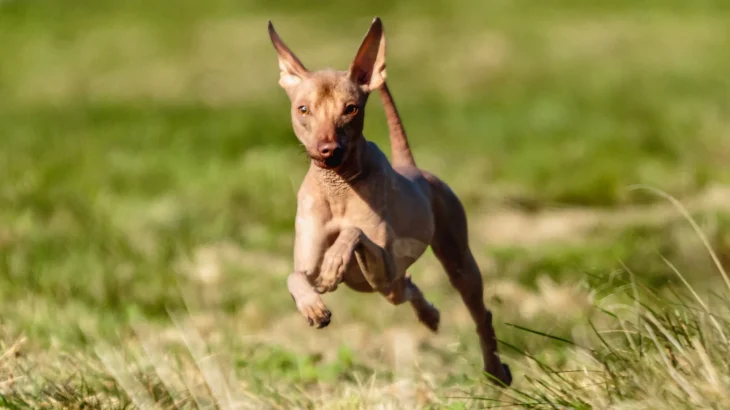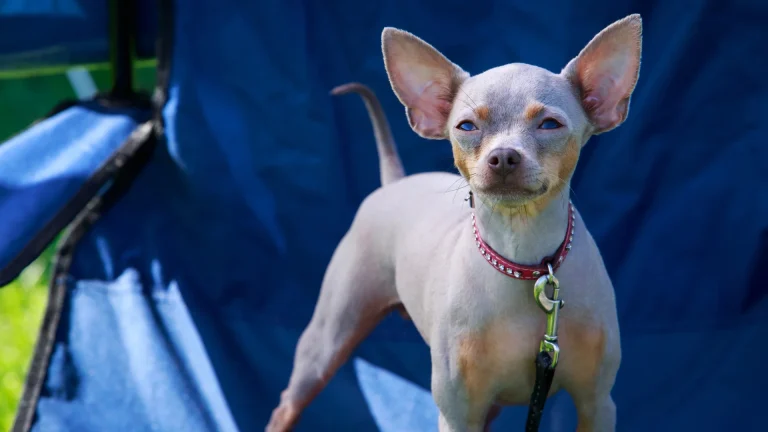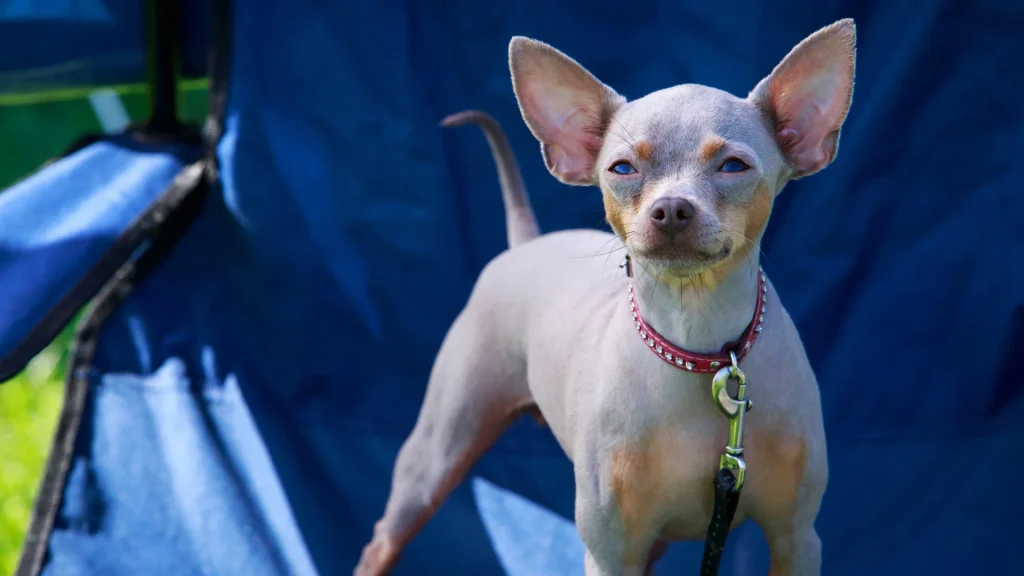When deciding to welcome an American Hairless Terrier puppy into your home, you might be weighing the choice between adopting or purchasing. Both routes offer unique advantages, and your decision can influence factors like health transparency and supporting ethical practices. It's worth considering these aspects carefully to find the best fit for you and your future furry friend.
Adoption vs. Breeder: Pros & Cons
| Criteria | Buying from Breeder | Adopting from Shelter/Rescue |
|---|---|---|
| Cost | Generally higher initial expense reflecting purebred status and breeder investment. | Typically lower fees that may include vaccinations and spaying/neutering. |
| Health History | Comprehensive health screenings and records often provided due to breed-specific concerns. | Health background may be limited, though basic health checks are performed. |
| Age Availability | Primarily puppies, giving a chance to raise from a very young age. | Various ages available, including adults, suitable for those open to different life stages. |
| Temperament Insight | Breeders tend to share expected temperament based on lineage and early observations. | Shelter staff can offer behavior insights, yet history might be incomplete. |
| Supporting Practices | Supports responsible breeding programs when choosing ethical breeders. | Contributes to animal welfare by providing homes to dogs in need. |
| Risk of Genetic Disorders | Reduced risk through selective breeding and health screening. | Unknown genetic background may increase unpredictability in health risks. |

